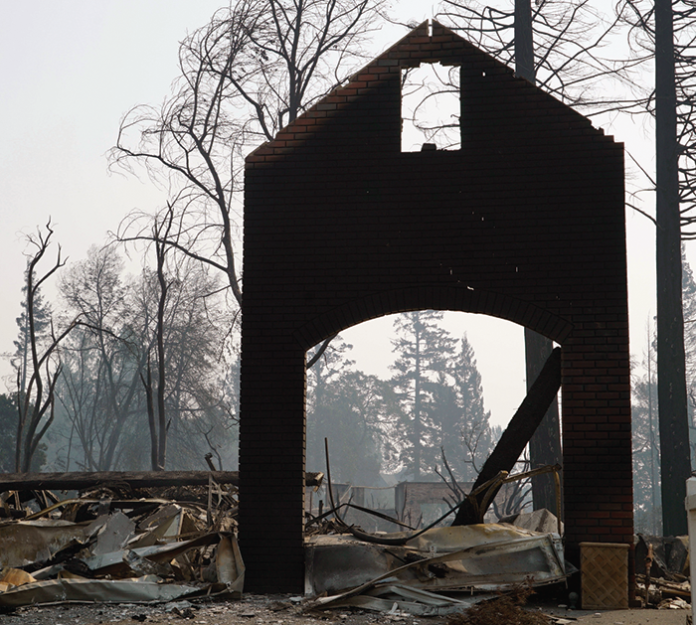Cats who suffered burns and smoke inhalation in recent California wildfires also had a high incidence of heart problems, according to a study from the University of California, Davis. Researchers studied 51 cats referred for treatment after the 2017 Tubbs Fire in Santa Rosa and the 2018 Camp Fire in Paradise. Echocardiograms found that the cats had a much higher incidence of heart muscle thickening and blood clot formation.
More than half of the cats had heart muscle thickening and close to 30 percent had blood clots or were found to be at high risk of developing blood clots. If cats develop blood clots, they are at high risk of sudden death. Six of the cats in the study died or were euthanized due to cardiac issues, while 82% percent survived.
People also experience cardiovascular changes after burn injuries. With humans, the more severe and extensive the burn, the higher the risk of cardiovascular changes. In the cats, the incidence of cardiac changes was higher than that reported in humans and occurred in cats with moderate and severe burns. This study highlights the importance of screening cats involved in fires for cardiac disease.n
Sharpe, AN, et al. Cats with thermal burn injuries from California wildfires show echocardiographic evidence of myocardial thickening and intracardiac thrombi. Scientific Reports, 2020; 10 (1) DOI: 10.1038/s41598-020-59497-z. Science Daily.




